The Miramichi 'Moose Man' and how he domesticated a moose named Tommy
Having a moose for a pet sounds like a Canadian stereotype — but maybe it's not too far fetched.
At the turn of the 20th century, a New Brunswick man named John Connell saved an abandoned young moose from freezing to death in the snow — or at least that's how the story goes.
"He decided he was going to not let the poor thing die in the woods so he decided to get it up out of the snow and get it back to his barn," said Greg Donovan, the president of the Miramichi Folklore Park and the Heritage Players.
"He put it with his horses and raised it and brought it back to [good] health. And basically took it in as his own."
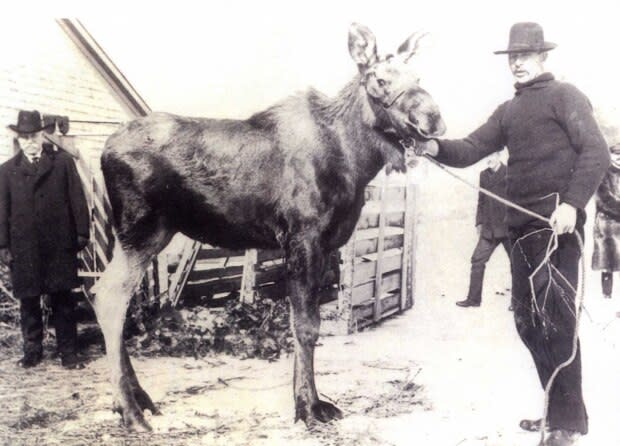
Connell, who lived in the Bartibog area near Miramichi, named the moose Tommy and trained him like a horse.
"He taught it how to go into a harness so it could pull a sled or a sleigh," Donovan said.
"He was also able to put a saddle on it … and he could actually ride the moose around. He actually rode the moose into town."
Although the domestication of moose wasn't common, Connell wasn't the only person to see value in the tough animal.
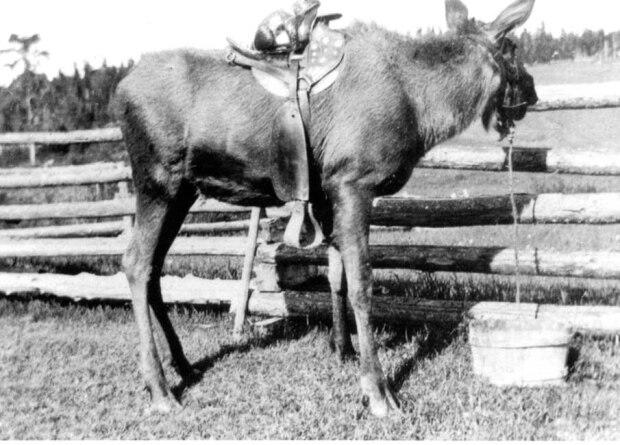
Richard Brown, a member of the Kings County Historical Society, said he's heard the story of a man named Phillip Sellick, who was known for trapping moose and domesticating them outside of Moncton in the mid-1800s.
"He would bring them back and somehow he would get them tamed down and domesticated and he would use them for draft animals," Brown said, adding that the moose he captured were often two or three years old at the time.
"One person commented that [moose] were way better than a horse. They could wade [through] more snow and he was saying that moose could go 50 miles in a day without tiring and had all these great characteristics."
But one has to wonder, if they had all these great characteristics, why did domestication of moose fall out of practice?
"It's hard to say. I'm just guessing that it was a lot easier to train a horse than a moose and especially if you had to get a moose and catch it and bring it back home again and start from scratch," Brown said.
Although moose were used as draft animals, they were also good entertainment and sport.
As the story goes, Albert Vaillancourt from Chelmsford, Ont. toured eastern Canada and the United States showing off his team of racing moose.
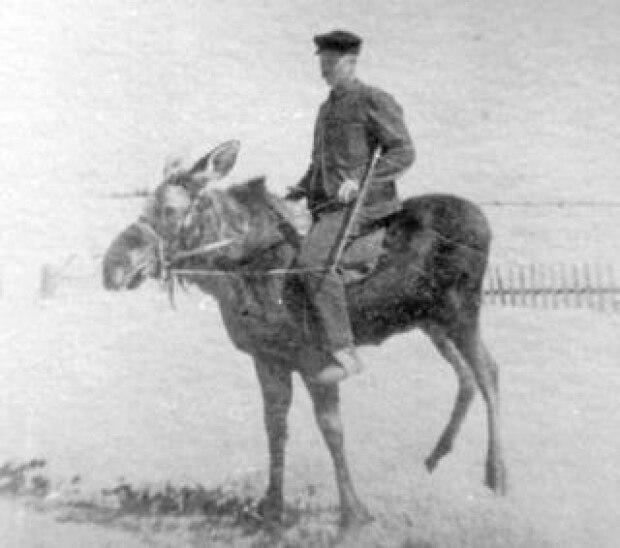
He even stopped by Sussex at one time.
"He used to take [them] around as an exhibit and he would challenge somebody with a team of horses to a race and they would go to the local racetrack and off they go," Brown said.
"And I guess he would win quite a few times because moose are very quick and they were able to run with great speed."
Moose whisperer
Over the years, Connell became known for his tame moose,Tommy, and word got around.
In 1904, the Newfoundland government wanted to introduce moose to the island.
"John Connell was contacted because he obviously knew a lot about moose — he already had a tame moose," said Shaun O'Reilly, president of the Miramichi History Museum.
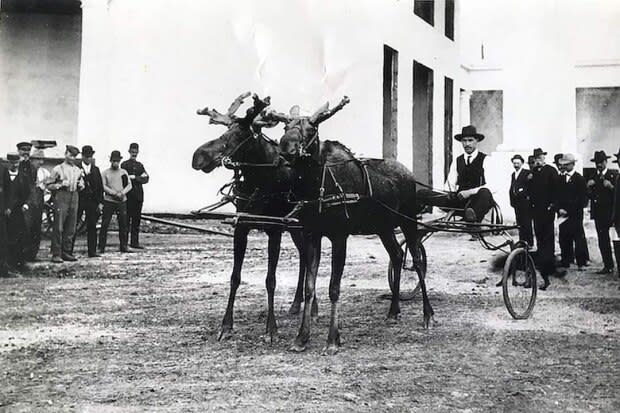
Connell captured six or seven moose — the number is disputed — and put them on a train to Howley, N.L.
As of 2017, there were about 110,000 moose on the island.
Whatever happened to Tommy?
Donovan said Tommy, the tame moose, lived long enough to become a bit of a celebrity.
"It would definitely have been an oddity for sure because the moose is a wild animal. They're a big, cumbersome animal, a big, daunting animal … so for someone to do this, it would be quite a sight to see for sure," he said.
He believes Tommy lived a long, happy moose life, but O'Reilly has a darker end to the story.
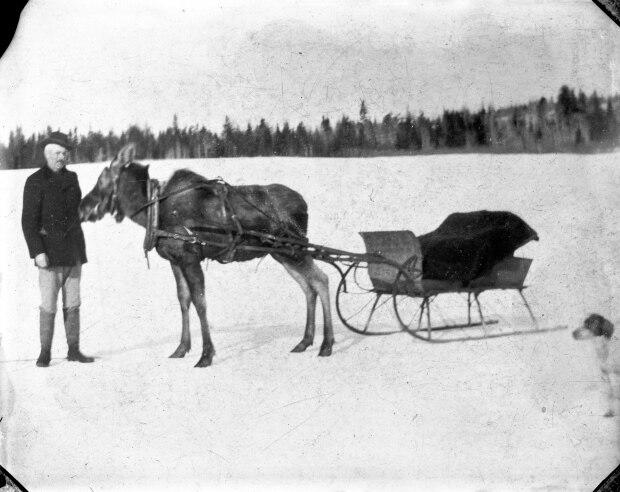
"[Tommy] was out in the pasture I guess … he was actually killed by John Connell's brother," he said.
"He was out hunting moose and saw a moose and didn't put two and two together. It was accidental."
Leave it to the history books
Brown said it would've taken a dedicated and athletic person to catch and domesticate a moose.
But he wouldn't advise trying to recreate the past.
"I think if they tried, they'd be in for quite a little rodeo."


